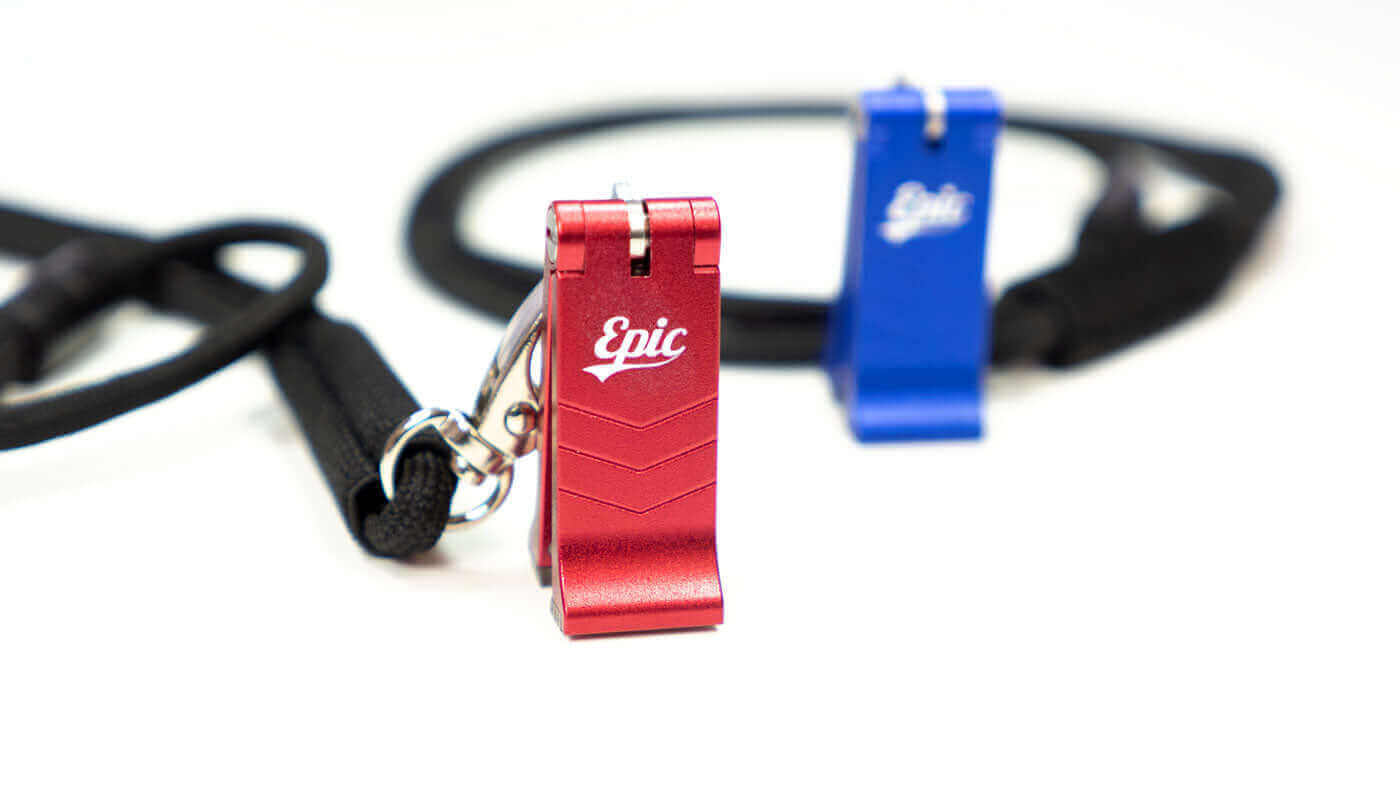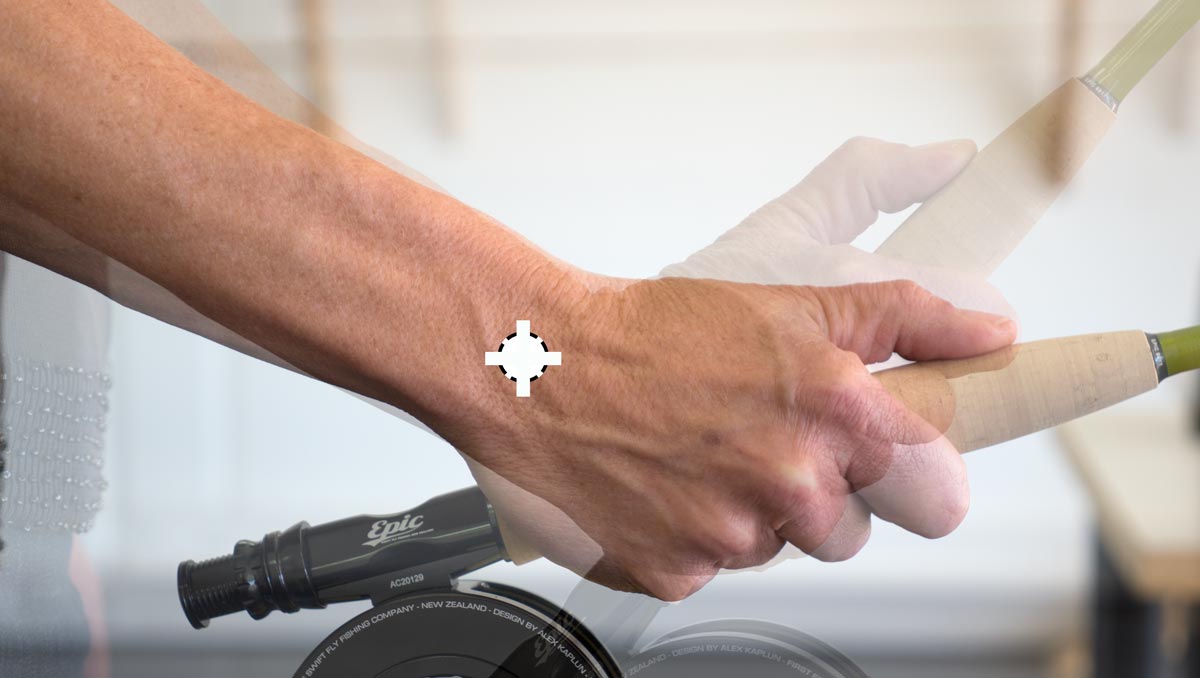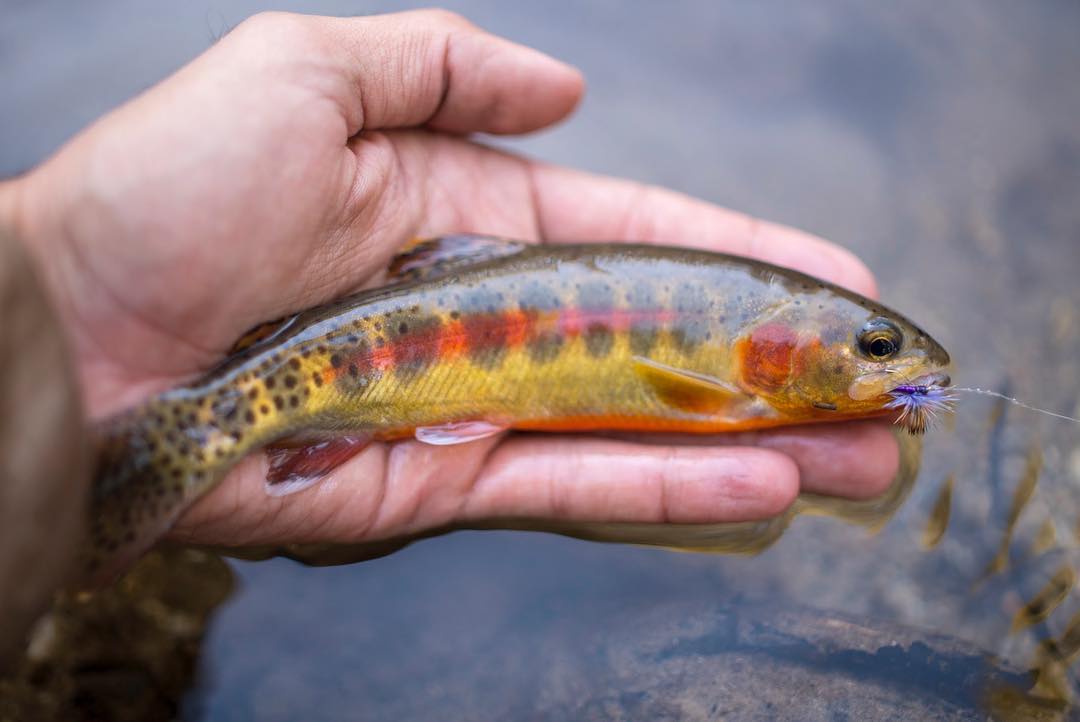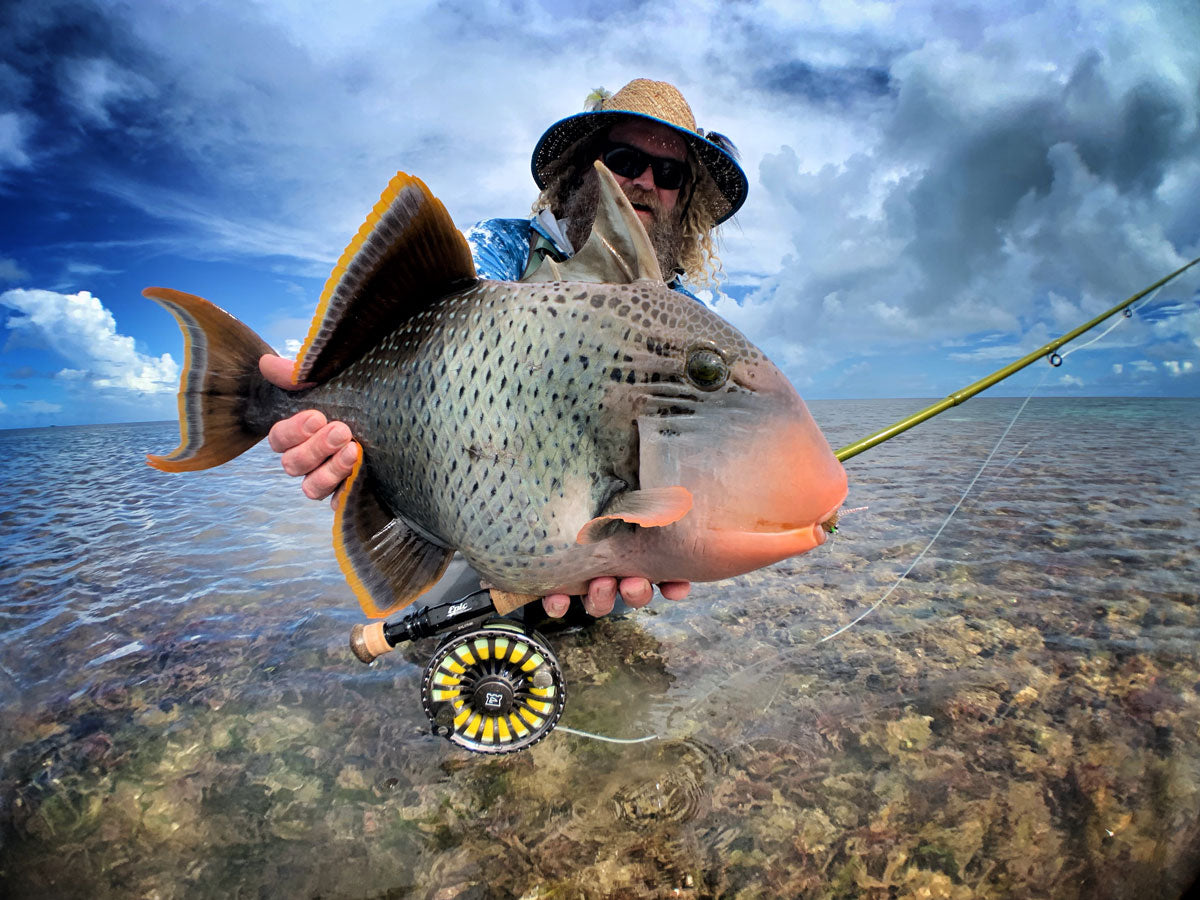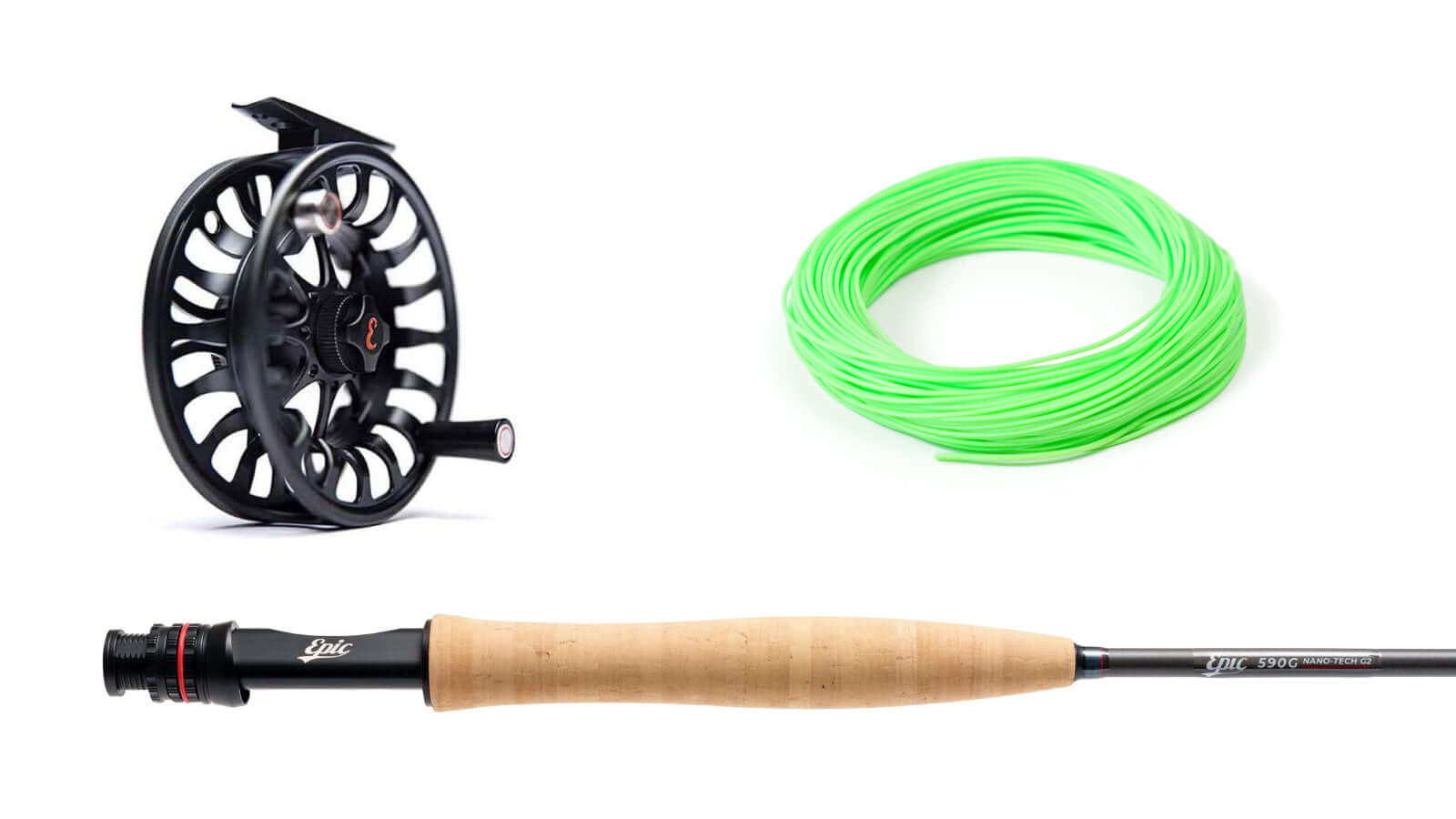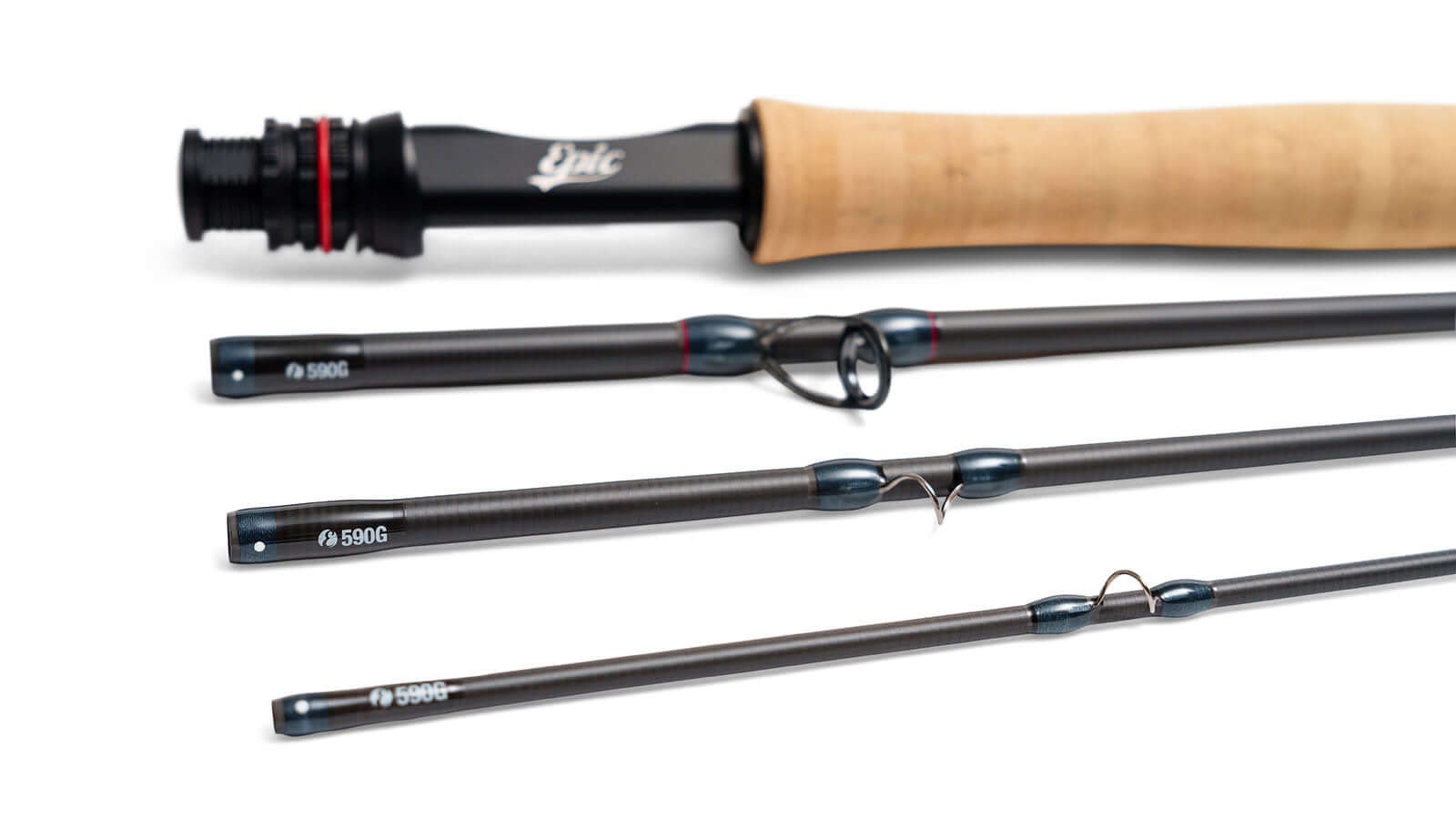We’ve all done it at some stage. Attempted to find the spot at which a fly rod seems to balance on your finger.
It’s also a common question we get here when talking with customers about fly rods - or at least, what fly reel will balance a particular fly rod.
The short answer is none.
Perhaps that’s too literal an interpretation, but the whole fly rod and reel balance exercise is actually pretty pointless, after-all, when is the fly rod balanced? - standing in the carpark balanced on a finger with no line out?
 Is this balanced?
Is this balanced?
Is the rig balanced fly casting 30 feet of fly line? - the prescribed length of line used by the AFFTA standard to measure the weight of a fly line ?
At 10 feet?
At 40?

How about now with 30 feet of fly line out the tip?
Truth is the mass outside the tip is constantly changing - so the fly rod can never be truly balanced in a literal sense.
Another interesting aspect of the balancing act is that if you actually consider where you CAN statically balance a fly rod on your finger tip, this is nowhere near the point at which the rod rotates - the logical point of balance.
Given that the point of rotation is way back and up in the fly casters wrist it stands to reason that a very heavy fly reel would logically balance the rig far better than a light fly reel.

The point of balance, if indeed there is one, should probably be way back here at the point the rod rotates
However - added weight anywhere on the fly rod, like adding a fly reel also increases swing weight.
A few reel manufacturers have looked at this over the years and engineered fly reels to move the point of balance back and closer to the point of rotation / the wrist. Most notable is probably Ari T Hart and more recently, Abel with their “Abel Arm”
So - the short answer to the ‘How to balance a fly rod’ question is - you don’t
And the answer to the what fly reel balances X rod is - it doesn’t matter, follow your bliss and go for a quality fly reel that you dig. Well, like one of these.



